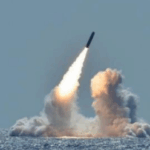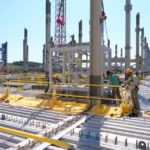
Linda Bauer, former Lawrence Livermore National Laboratory deputy director, will lead a new effort to write a “blueprint” for the National Nuclear Security Administration’s (NNSA) production and science and technology infrastructure. NNSA Administrator Jill Hruby announced the campaign to “keep pace with the dynamic global environment” in an internal email seen by sister publication the Exchange Monitor on Monday. She appointed Bauer to begin a “detail assignment.” The “enterprise blueprint” campaign will begin immediately, Hruby said, without providing a timeline…













